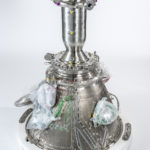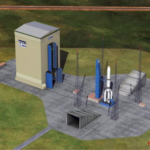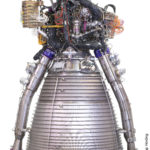ESA microwave engineers took apart an entire Galileo satellite to reassemble its navigation payload on a laboratory test bench to run it as though it were in orbit – available to investigate the lifetime performance of its component parts, recreate satellite anomalies, and test candidate technologies for Galileo’s future evolution.
Located in the cleanroom environment of the Galileo Payload Laboratory – part of ESA’s Microwave Lab based at its ESTEC technical centre in the Netherlands – the new Galileo IOV Testbed Facility was inaugurated this week with a ceremony attended by Paul Verhoef, ESA Director of Navigation and Franco Ongaro, ESA Director of Technology, Engineering and Quality. Read more…






